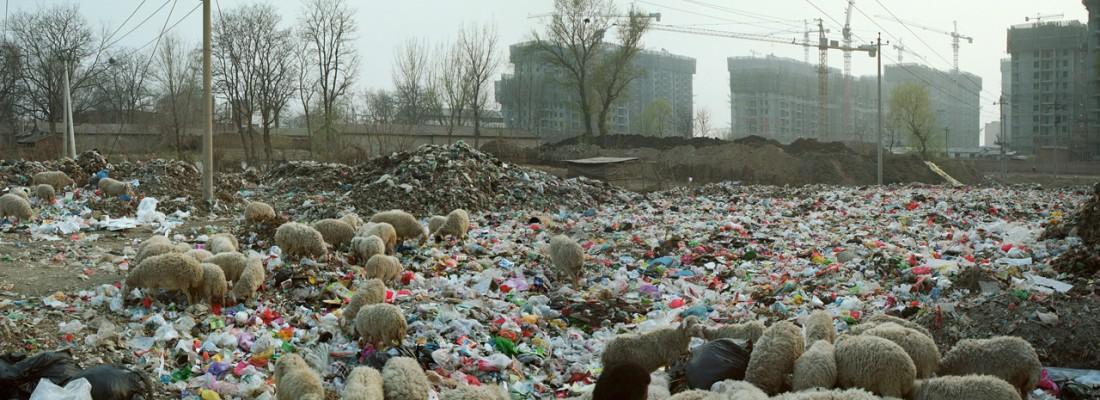
A frame from the Beijing Besieged by Waste (2011) documentary film. (Credit: dGenerate Films)
The Asian Development Bank (ADB) is extending $200 million in loans to the Dynagreen Environmental Protection Group Company to help small and medium-sized cities in the People’s Republic of China (PRC) turn their growing mountains of solid waste into a sustainable source of renewable energy.
“Unlike large cities which are implementing waste-to-energy projects through public-private partnerships, smaller municipal governments have difficulty attracting private sector interest, which results in large amounts of untreated waste leading to harmful gas emissions and soil and groundwater contamination,” said Hisaka Kimura, Principal Investment Specialist of ADB’s Private Sector Operations Department.
The PRC is the world’s second largest producer of solid waste, generating more than 220 million tons annually. Although the per capita production of solid waste in the PRC is only about 20% of the average in industrialized nations, it is expected to grow considerably in small and medium-sized cities where huge population growth is expected by 2030.
Developing waste-to-energy plants for smaller cities will address these challenges, and generate a valuable source of renewable energy as well.
The ADB loan will help build at least nine plants capable of converting up to 6,300 tons of municipal solid waste daily into electricity. The plants are expected to generate around 610 gigawatt-hours of electricity a year by 2018, using clean technologies.
The project was identified and developed by ADB’s public sector operations and financed by private sector operations under its new Public-Private Partnership initiative.
Dynagreen, the environmental infrastructure arm of Beijing State-Owned Assets Management Company, will develop and operate these facilities under public-private partnership arrangements. Unlike many of its peers, Dynagreen employs technology which does not require coal as a supplemental fuel to burn the waste. By using fossil fuel substitute and avoiding methane emissions, the plants will reduce greenhouse gas emissions in the PRC by about 450,000 tons a year.

